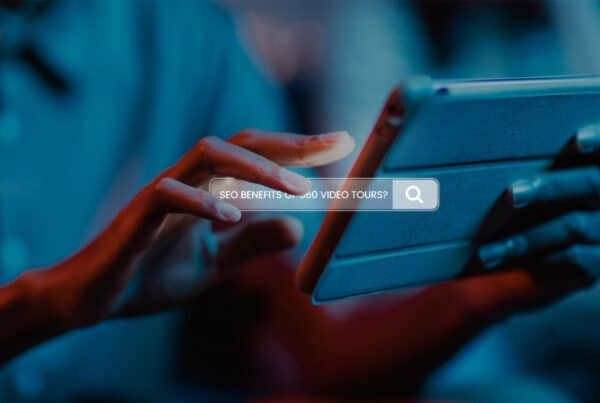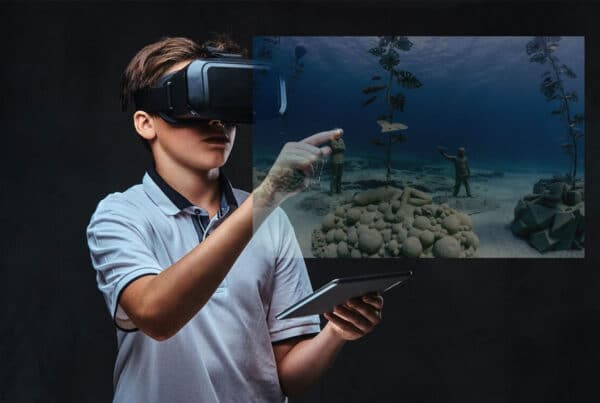Introduction
The automotive industry is constantly evolving, driven by technology and consumer expectations. One of the most impactful innovations in recent years is the use of 360 video tours. These immersive experiences allow potential buyers to explore vehicles interactively, providing a unique perspective that traditional media cannot match. This article will delve into how automotive businesses can effectively utilize 360 video tours to showcase vehicles, enhance customer engagement, and ultimately drive sales.
Understanding 360 Video Tours in the Automotive Context
What Are 360 Video Tours?
360 video tours are interactive multimedia presentations that capture panoramic views of vehicles using specialized cameras. Unlike traditional videos that offer a linear viewing experience, 360 tours allow users to navigate through the vehicle’s interior and exterior at their own pace. Users can control their perspective by clicking and dragging or using navigation arrows, creating a sense of presence and immersion.
The Benefits of 360 Video Tours for Automotive Sales
- Enhanced Visualization: 360 video tours provide a comprehensive view of a vehicle, allowing potential buyers to visualize the layout and features in detail.
- Increased Engagement: The interactive nature of these tours keeps users engaged longer than static images or traditional videos.
- Remote Accessibility: Buyers can explore vehicles from anywhere in the world without needing to travel to a dealership, making it easier for out-of-town clients to consider listings.
- Improved Decision-Making: By providing detailed views of vehicles, buyers can make more informed decisions without the need for multiple in-person visits.
How Automotive Businesses Can Use 360 Video Tours
1. Showcasing Vehicle Features
One of the primary uses of 360 video tours in the automotive industry is showcasing vehicle features.
- Interior Exploration: Potential buyers can virtually sit inside a car and explore its interior features, such as the dashboard layout, seating materials, and technology interfaces. This level of detail helps buyers assess comfort and functionality.
- Exterior Walkarounds: Users can examine the exterior design, paint options, and wheel styles from various angles, allowing them to appreciate the vehicle’s aesthetics fully.
2. Creating Virtual Showrooms
Automotive businesses can leverage 360 video tours to create virtual showrooms that enhance the shopping experience.
- Multiple Models: A virtual showroom can display multiple vehicle models simultaneously, allowing users to switch between different cars easily. This feature enables potential buyers to compare models side by side without visiting multiple dealerships.
- Interactive Displays: Incorporating interactive elements within the virtual showroom—such as clickable hotspots that provide additional information about specific features—enhances user engagement and education.
3. Facilitating Remote Test Drives
With remote work becoming more common and many buyers relocating from different areas, 360 video tours provide a valuable solution for showcasing vehicles without requiring in-person visits.
- Virtual Test Drives: Some platforms allow users to experience virtual test drives in which they can navigate through different driving scenarios (e.g., city streets, highways) while exploring vehicle performance features.
- Realistic Simulation: By simulating various driving conditions, potential buyers can assess how a vehicle handles in real-world scenarios without leaving their homes.
4. Enhancing Marketing Strategies
360 video tours can significantly enhance marketing efforts for automotive businesses.
- Social Media Promotion: Sharing snippets or highlights from the virtual tour on social media platforms can attract more attention to the listing. Engaging posts with visuals often lead to higher engagement rates.
- Email Campaigns: Including links to 360 video tours in email newsletters can entice subscribers to explore new listings or upcoming open houses.
- Website Integration: Embedding virtual tours on vehicle listing pages enhances user experience and keeps visitors on the site longer.
5. Improving Customer Experience
The use of 360 video tours significantly enhances the overall customer experience.
- Personalized Tours: Agents can tailor virtual tours based on a buyer’s preferences, allowing them to focus on specific features or areas of interest.
- Sharing with Family and Friends: Buyers can easily share virtual tours with family members or friends for feedback without needing to schedule multiple visits.
Best Practices for Implementing 360 Video Tours
To maximize the effectiveness of 360 video tours in automotive marketing, businesses should consider several best practices:
High-Quality Production
Investing in high-quality production is essential for creating engaging virtual tours:
- Use Professional Equipment: Employ high-resolution cameras capable of capturing detailed footage. Aim for at least 4K resolution to ensure clarity when viewed online or through VR headsets.
- Stabilization Techniques: Utilize stabilization equipment during filming to avoid shaky footage that detracts from user experience.
User-Friendly Navigation
Ensure that your 360 video tour is easy to navigate:
- Intuitive Controls: Implement clear controls that allow users to move through the tour seamlessly. Incorporate navigation arrows or hotspots that guide users through different sections.
- Mobile Optimization: Ensure that your virtual tour is accessible on various devices—including smartphones and tablets—to reach a broader audience.
Incorporate Interactive Elements
Adding interactive features enhances user engagement:
- Hotspots with Information: Include clickable hotspots that provide additional information about specific features or specifications when selected.
- Quizzes and Polls: Engage users by including quizzes or polls related to the content of the tour. This interactive element encourages participation and reinforces learning.
Promote Your Tour Effectively
Once your 360 video tour is complete, promote it effectively:
- Social Media Campaigns: Share snippets of your virtual tour on social media platforms with engaging captions that encourage followers to explore further.
- Email Newsletters: Include links to your virtual tour in email newsletters sent to subscribers, enticing them with exclusive content or sneak peeks at upcoming exhibitions.
Measuring Success
To assess the effectiveness of your 360 video tours in driving sales and engagement:
- Track Engagement Metrics: Monitor how long users spend viewing your virtual tour and which sections they interact with most frequently.
- Analyze Conversion Rates: Compare conversion rates before and after implementing 360 video tours in your marketing strategy.
- Gather Feedback: Solicit feedback from clients regarding their experiences with virtual tours and how they influenced their decision-making process.
Conclusion
In conclusion, 360 video tours represent a powerful tool for automotive businesses looking to showcase vehicles effectively while enhancing customer engagement and satisfaction. By providing immersive experiences that allow potential buyers to explore cars interactively—through features like hotspots, intuitive navigation controls, and multimedia integration—these virtual tools empower car dealerships and manufacturers across various sectors. To maximize the impact of 360 video tours in automotive marketing, businesses should focus on high-quality production values, user-friendly navigation features, engaging interactive elements, and effective promotional strategies while measuring success through engagement metrics and client feedback. As technology continues evolving and more organizations embrace immersive experiences like 360 video tours as part of their marketing strategies or customer engagement efforts, understanding best practices for implementation will be essential for maximizing impact and creating lasting impressions on audiences worldwide.


